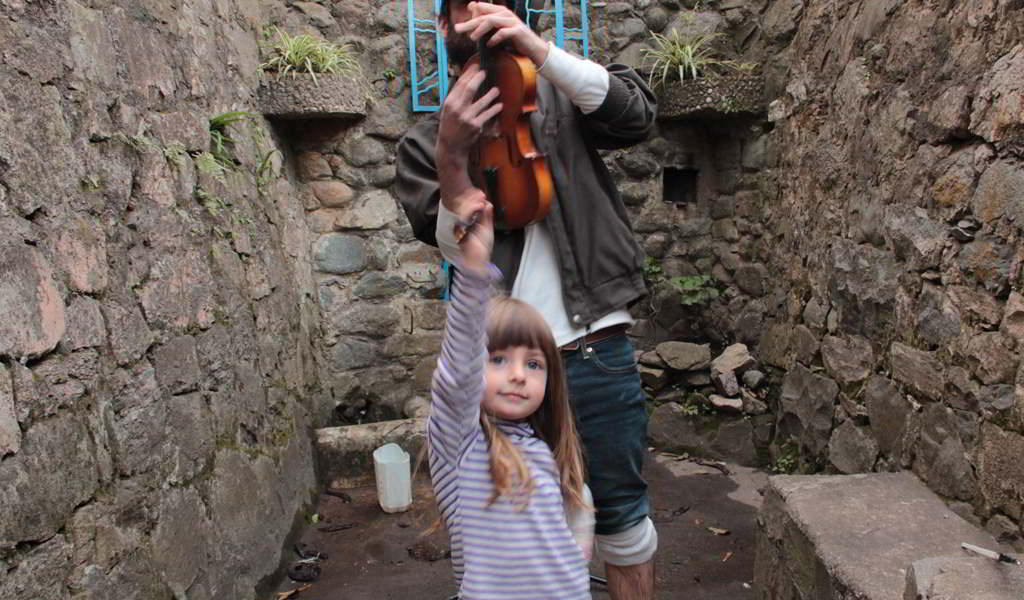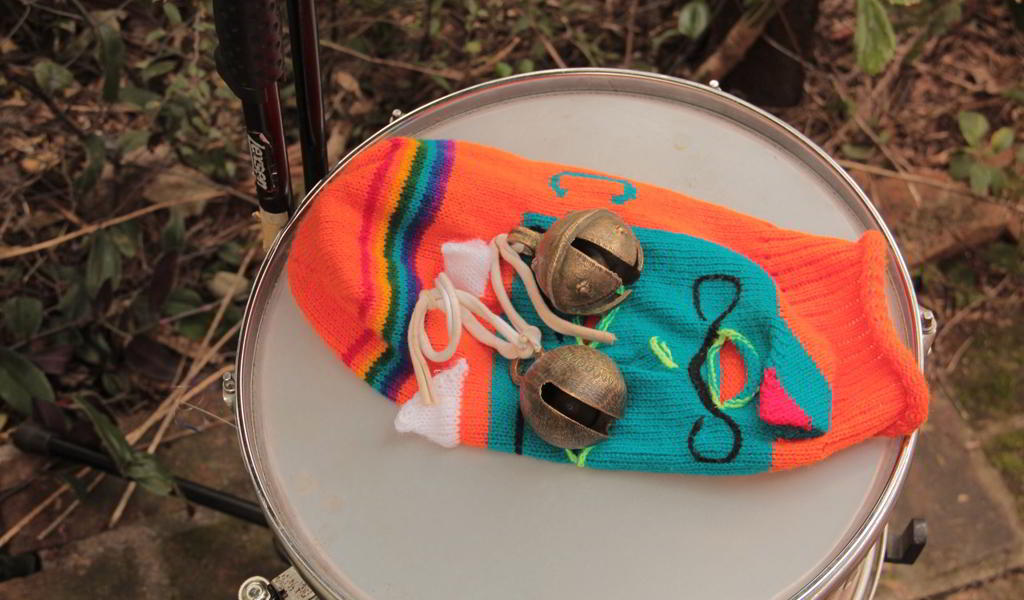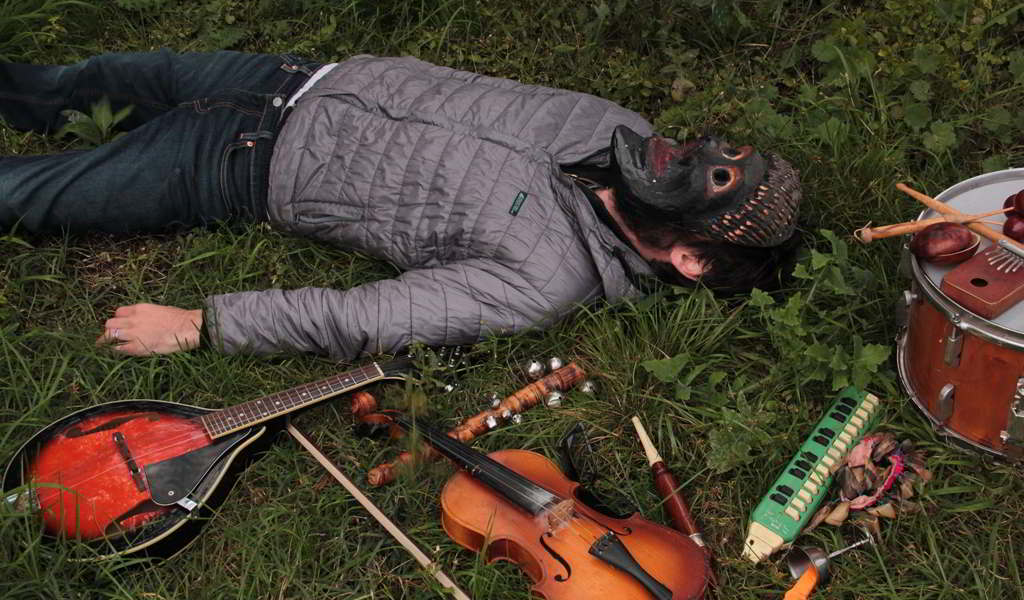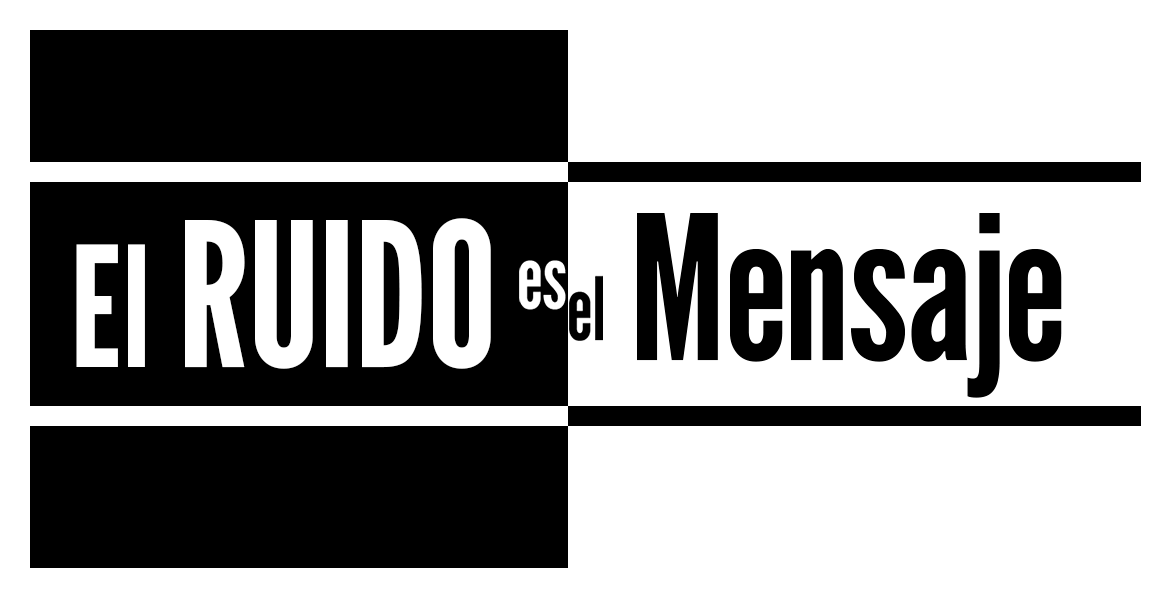 BARDO TODOL
BARDO TODOL
| ARTIST: | BARDO TODOL |
| WEB: | Bandcamp |
| WORK: | Music 4 Strings, Sintetizador, Agua, Una Flauta y Electrónika – Vol. 1 |
| PLUS: | Si |
| FORMAT: | DIGITAL, CASSETTE |
| LABEL: | Coherent States |
| RELEASE: | October/2020 |
| COUNTRY: | Argentina |
My name is Pablo Picco, Nico is not present because he is sleeping. I take the opportunity to record when everyone is asleep at home. Both me and Nico and now Cina, my other son, are BARDO TODOL in some way. We live in Salsipuedes, province of Córdoba. It is located in the northwest of the city of Córdoba, almost 50 kilometres and about 500 meters high from the city. We are in what is known as the Sierras Chicas.
 Nico + Pablo Picco | BARDO TODOL
Nico + Pablo Picco | BARDO TODOL
Before returning to the province of Cordoba, where I currently reside, I was able to meet Pablo Picco and his projects from Rosario (Santa Fe), where Kalinga Utkal and The Bombastic and Repetitive Sound of Tashi Ling Buddhas in Pokhara, Nepal, are precisely my favourites. But it had a contribution that really changed a lot in my way of listening and in the sound approach of the phonographic pieces. Pyramid of Skulls, was that work of Carlos Casas which is a recommendation of Pablo.
Below an interesting talk with Pablo, from the Salsipuedan Church of Experimental Music.
Bardo Todol is the project in which we encompass the experiments we have with Nico. It began as a kind of solo project and then Nico came in, because obviously I was trying to record and it was impossible to record alone. She was very present in the recordings and I said “well if she is so present it means that she should be, that she should be part of the project”. What happened was that Nico was very young and it was very difficult for me to record totally alone at home. So I thought “let’s use her presence and all her energy to be part of this project too”. It started out as something where I recorded alone. But at the same time I realized that it worked much better if I did it with cassette tapes, dictaphones, a journalist’s tape recorder and finally, editing and making sound collages of all those recordings ended up forming the project. The name of our last album is Music 4 Strings, Synthesizer, Water, One Flute and Electronika – Vol. 1 because the idea now is to start making music taking into account all this concept of instrumentation, this is the first volume of all that. I am already working on the second one and the idea is precisely to use all this kind of things, all these elements and nothing more than these elements, to be able to make albums or sound creations, which we do.
The idea of music with water, synthesizers and strings is more than anything else because some time ago when we started to go out with Nico and record our walks, somehow we were carrying instruments. One of the things that always attached to these recordings was the strong presence of water in it. Salsipuedes does not have many rivers. Actually, what is known as a river, are small streams and there is only one, not more. But the particular thing is that in our walks we go to different points and we go to different points of development. Then sometimes we get stuck closer to a cave, sometimes closer to a place where there is more Siempre Verde, which is the typical vegetation of the place surrounding these streams and another time where the landscape is more desolate, where there are more stones, in others where there is more sand and so on. The question was to use water as a kind of leitmotif. At the beginning too, that can be emulated with the synthesizers. To use a natural element and a not so natural element like the synthesizer, to also emulate this force or this movement of water, which is produced as it runs and the theme of the strings is that it can contrast a little with this whole slightly more impressionistic question of music, not only creating with the synthesizer, but also adding the strings to create a bit of contrast and make things not so natural, but to meet with certain obstacles, this energy that is passing, like when the river is hitting the rocks or finding imperfection in the ground. That makes it friction and makes it deviate.
In an interview with Pandit Pran Nath, a classic Indian singer, he says that music is like a river and that it does not stop, that it finds certain things, the ragas develop as time goes by and the river is an eternal raga. The idea, in a way, is to emulate that in this type of album. I didn’t do so much either, for the drone and not stay so much in something like folk with the strings, but combining several things and at the same time also effecting it with cassette tapes and some digital effects.
What motivates us to take on this project are all the walks we take, which are our main point of recording, our starting point in what we do. Obviously I go with Nico there. When I am editing, which is when I am selecting the fragments, Nico is not present in that process, because well she is 5 years old, and I act as a kind of monarch where I don’t leave that part for her, it’s wrong I know, but at the same time she also contributes in the first part of the project and not so much in the editing part. And what motivates me is precisely that, to find a way to make the synthesizer sound like water or to have the premise of having like those fresher sounds from the synthesizer and that it dialogues with the strings. The ones I use are usually violin strings and in this album there are also several things about hurdy-gurdy. What is a medieval instrument, a precursor of the violin and what is interesting about the hurdy-gurdy, is that it has pedal notes, instead of a bow, a crank is used and that crank turns a record and this record is the one that rubs the strings and the idea is precisely that they begin to dialogue these instruments with the water with the repetition of the tapes, with some effects and at the same time with a flute, which Nico usually takes to the recordings, it is his favourite flute, made of metal and that he never forgets to take, so how to combine all that.
 BARDO TODOL
BARDO TODOL
The storytelling process is to go to the different places, we don’t decide them very beforehand, when we get up and Nico finishes his breakfast we say…
— Pablo: And where are we going today?
— Nico: And… We are going to such a place!
— Pablo: Well, go on.
And from there we take our instruments and what we want to play comes out. Usually the synthesizer is not present in these first approaches, if the string instruments, if the water recordings. Sometimes the synthesizer is recorded later, but we also record it as a whole. The idea is that we record the rawest part first, or what comes up in the place, in the moment, then we mount it and then we add things on top if we think it’s necessary. This could be considered an album where I didn’t spend so much time to produce it, which is not the case with other previous albums, which I usually spend more than a year. In this case, we started recording this album in March 2019 and it was finally released in May 2020. In other words, it didn’t take me that long compared to other albums I’ve been doing. And the idea is to be a bit more spontaneous, a bit more minimalist in the arrangements and also to let the sound be a bit more raw.
In this case there is not so much recordings found but rather the theme is always quite directed, I have a very large archive because obviously with all the walks we have done, with all the recordings we have at home too, a very large archive is formed and the funniest thing, the most interesting thing if you like, is that for example we go back to archives that we have recorded from 3 years ago and we say how crazy this is, to bring it and make it work! in something that one is doing at this moment. That was the process I’ve always had, the idea of always integrating, but the premise in this case, in this type of work is to be a little more spontaneous and not to agitate it with a lot of things, it was like the opposite of what I was doing until a while ago. Anyway, it’s a special album, it’s minimalist, more drone if you like, as opposed to other Bardo Todol’s albums. More musical where there are more melodies or that kind of things and now the other part of Bardo Todol, which is the part of Aves Sin Nido, which is totally percussion and flute music, trying to emulate the songs of the birds.
 BARDO TODOL
BARDO TODOL
It’s strange to talk about noise, I spend all my time listening to experimental music, so far the concept of noise for me is that everything is music in the end or everything is a sound that can be appreciated in some way. You have to control it and sometimes the context doesn’t help. When friends come to visit, people who maybe are not so related to what experimental music is, and they ask “What is this, what are we listening to?” then it ends up being something strange, but there is obviously noise there. For their concept of what music is, and it’s not something that can be criticized, but just to stand from another point of view about what a sound creation or a particular sound is. In this case, improvisations, like everything that happens, the interesting and good thing about them, is that one can be cruder in its graduation and more expressive, then when one mounts everything, one becomes more analytical, that is to say, “this part where I did this, look how good it was and I’m going to add this, I’m going to cut it down to here…” And it is precisely in the silence that we also find that link or that way of being able to tell a story and to be able to advance that story that we tell in a creation.
Something that I think particularly marked a before and after in the way in which I approached music, was being able to listen to these cassettes or records where there is a lot of silence and which are the effects that were used before on the radio. Many were cassettes where there was applause, church organs, passing trains, they were used for radio novels. The craziest thing I heard was that there was always, for example, the sound of a parade, that is, horses riding by the sea. Then you could hear them fading very slowly as they came, as they passed and faded again until they reached complete silence, and then they would appear again very slowly and come down again. So that space and that way of making the sounds appear, I think it influenced my work quite a lot and it still does, a lot. In a way it’s very natural, it seems natural, but it’s totally the opposite of nature. Nature doesn’t just shut up and go down a bit, but it’s playing all the time, we can discuss this anyway, because a moment when it seems to go down is when it goes up. If you look around in winter, and even more so in Salsipuedes, you can notice that there is not much sound, but in summer we are super plagued by insect noises, both at night and during the day. The point is that silence obviously helps, in a way, to mount and advance this whole story and it is important to use it. I think that sometimes when you want to bring in the silence, you are really bringing in an energy that is very strong, which is producing the sound or making the noise. When you put silence in, it’s a force against a packed train that’s coming, so you’re putting the brakes on. And it’s good to use it! to be able to create certain atmospheres and certain effects, and sometimes it’s great to be able to understand it and to be able to handle it. I like to use it, I’m not the person who uses it the most of course, and much more in these drone albums, because there is a thing like more continuous sound and follow the sound, if the sound is interesting when it comes.
